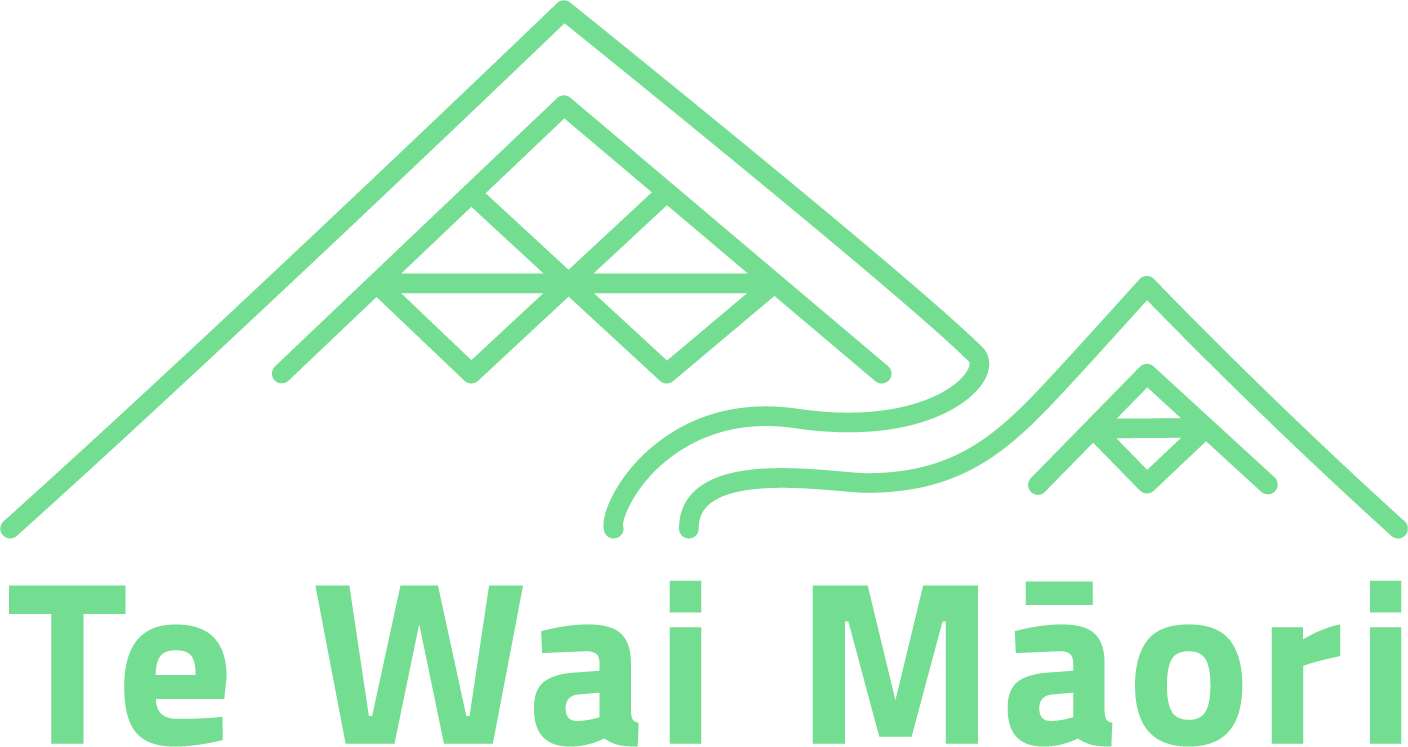Sessions
Rā tuatahi – Ratū 8 Āperira 2025
Following our pōwhiri, the conference agenda will kick off with an introduction and housekeeping from our whakataki (MC) Rawiri Faulkner.
Rā tuatahi – Session One
Tōkihi is an iwi taketake (indigenous) framework developed by Trust Waiwaiā Ltd and is tamariki – mokopuna centric. The framework restores Ngāti Maniapoto within the Ōtorohanga and Waipā Districts as knowledge holders in the spaces of their tūpuna. The kaupapa involves six Ngāti Maniapoto and Waikato-Maniapoto marae. Tōkihi has two kaupapa matua – Taiao restoration & Kōrero Tuku Iho restoration.
Rā tuatahi – Session Two
The Waihī estuary in the Western Bay of Plenty is one of the most degraded estuaries in the country. This presentation provides an overview of a Mātauranga Māori-led restoration project that brings together five iwi to revitalise traditional mahinga kai and freshwater taonga for our collective mokopuna of tomorrow.
Combining old wisdom with new technology, Riaki will speak about how tikanga and technology, like Environmental DNA, can be used to restore taonga species and combat pest species.
This presentation will explore the kicknet method for macroinvertebrate sampling, including it’s drawbacks, and will look an alternative Mātauranga Māori (Whakaweku) method.
Rā tuatahi – Session Three
Modified waterways, commonly known as drains, are typically streams and small rivers that have historically been straightened and/or deepened to enhance land drainage and reduce the risk of flooding. These waterways play a crucial role in supporting aquatic habitats and migration pathways for native freshwater species and are home to many taonga and nationally threatened species. Often viewed solely as infrastructure for flood control or land drainage, mechanical clearance is a common practice across the country. Some Regional Councils have developed good management guidelines to minimise the harm to freshwater taonga.
The Winnemem Wintu are a Northern Californian iwi for whom salmon are tapu and central to their culture. Their ancestral river, the Winnemem Waywaket (McCloud river), was historically the cold-water stronghold for Chinook salmon. Five shipments of their salmon were brought to Aotearoa in the early 1900s, and established themselves in Arowhenua waterways. When the Shasta Dam was built (circa 1948) salmon could no longer reach the spring fed cold water habitat of the Winnemem Waywaket.
Despite salmon becoming pests here and eating our taonga species, we have great aroha for the Winnemem Wintu. As a salmon tribe, their survival is dependent on survival of the salmon. Arowhenua have therefore been working in partnership with Winnemem Wintu Tribe, Cheung Consultancy Ltd, Central South Island Fish and Game, Californian Department of Fish and Wildlife, National Oceanic and Atmospheric Administration to rematriate salmon home to the Winnemem Waywaket. Our korero on whakawhanaungatanga, tikanga, salmon genetics and pathogens will tell you the purakau about how a couple of Māori from Te Umu Kaha and Matatā are contributing to salmon conservation in California.
Rā tuarua – Rāapa 9 Āperira 2025
Rā tuarua – Session Four
Ngaa taonga tuku iho o ngaa roto o Tahaaroa aims to address the aspirations of the Tahaaroa Lakes Trust and Ngaati Mahuta ki te hauaauru. Underpinning this project is a line taken from Tau ana – a paatere unique to Ngaati Mahuta, referencing the practice of customary fishing in the Tahaaroa lakes – “Whaatoro atu ki te ruku hiinaki, o te roto o Tahaaroa” Tahaaroa lakes were once a well-stocked pantry full of tuna, kaiaua (Echyridella menziesii), kanae and poorohe. Sadly, that is no longer the case. Reconnecting whaanau with their freshwater taonga, developing a Ngaati Mahuta monitoring programme, and building the capacity and capability of Ngaati Mahuta to participate in the ongoing assessment of their freshwater ecosystems are outcomes of this project. This is an important step towards protecting the ongoing health and wellbeing of Ngaati Mahuta and their freshwater taonga. The project will inform the Lakes Trust’s decision-making and help to prioritise actions that support the management of customary practices and mahinga kai.
Rā tuarua – Session Five
Dr Shannan Crow will outline the timing and recruitment patterns of elvers across Aoteroa as they arrive at hydroelectric barriers. He will also discuss some of the environmental drivers behind these patterns.
Rā tuarua – Session Six
On behalf of Raukūmara Pae Maunga Restoration Project, Rangitahi and Ora will be discussing what it takes to restore mauri to the Raukūmara, understanding what was, what is and what can be whilst leading groundbreaking iwi led pest control operations.
This presentation will explore how the electric fish barrier on Bealey Stream, Haldon Pastures can protect taoka species and some of the challenges and opportunities this provides.
This presentation provides an outline of the mahi Oturu marae have conducted in restoring and protecting the Awanui River Catchment. The project began as a way to enable people to actively engage with their local pātaka, awa, moana, ngahere and whenua as a source of physical and spiritual sustenance. The project goes beyond fencing and environmental monitoring, it recognises the significance of holistic wellbeing, in that healthy whānau and hapū are a reflection of a healthy taiao.
Rā tuarua – Session Seven
This presentation will provide an overview of the Moawhitu restoration project, including key interventions that have helped restore the mauri of the site. This kōrero will explore how mātauranga and western science have been weaved together through a successful partnership to create tangible outcomes.
Ngā Taikura Taiao o Tūwharetoa is a new rōpū initiated by rangatahi in Tūwharetoa with a key focus on wai Māori and te taiao. Born out of Kura Taiao ki Tūwharetoa in March 2024, Ngā Taikura are setting the foundations for Tūwharetoa rangatahi to upskill in taiao governance, water monitoring, taiao observation, strategic planning, project management and more importantly, reigniting connection to whakapapa.
Ngā Taikura has developed a declaration for te taiao from the perspective of rangatahi.
